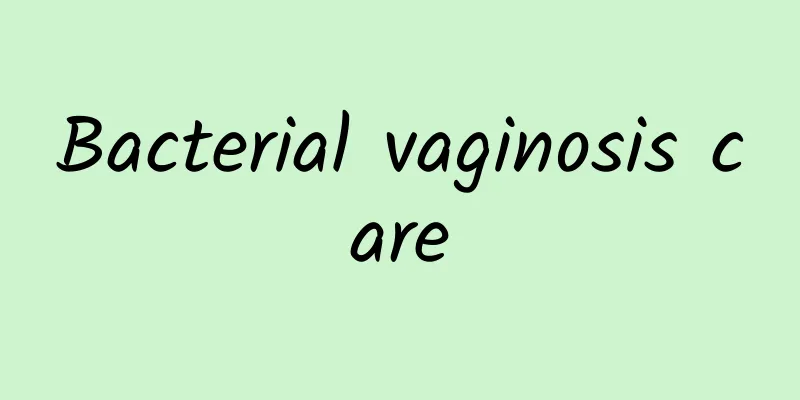What is intrauterine adhesion

|
What are intrauterine adhesions? Intrauterine adhesions are actually uterine wall coagulation and thick adhesions. People with this disease are basically infertile. During laparoscopy, it can be observed that intrauterine adhesions involve 1/4 to 3/4 of the uterine cavity, uterine wall adhesions or adhesion hypertrophy, and adhesions of the fallopian tube opening and uterine fundus. 1. History of intrauterine surgery If it is early pregnancy vacuum suction, mid-pregnancy forceps curettage, mid-pregnancy induced labor curettage, postpartum hemorrhage curettage, spontaneous abortion curettage, it will cause intrauterine adhesions. If you despise some women who frequently curettage, it is easy to damage the basal layer. Most intrauterine adhesions are caused by curettage. Myomectomy enters the uterine cavity, and submucosal uterine fibroids are destroyed through hysterectomy, uterine septum resection, double uterus correction, etc., which exposes the myometrium in the uterine cavity and causes anterior and posterior adhesions of the uterine wall. 2. Surgical inflammatory factors There are also intrauterine tuberculosis infection, postmenopausal endometritis, secondary infection after uterine surgery, puerperal infection, and secondary infection after intrauterine contraceptive device placement. 3. Human Factors Artificial destruction of the basal layer of the endometrium leads to uterine adhesions, such as endometrial electroresection, intrauterine microwave, cryotherapy, chemotherapy and local radiotherapy. 4. Due to various reasons, endometrial damage during curettage For example, repeated curettage can easily damage the basal layer. Intrauterine adhesions caused by this reason are called traumatic adhesions, which are the most common. Gynecologists should be moderate when performing curettage, and women of childbearing age should take contraceptive measures and avoid abortion surgery, especially abortion of the first child may cause secondary infertility after intrauterine adhesions. 5. Non-pregnancy factors Myomectomy enters the uterine cavity, and submucosal uterine fibroids are destroyed through hysterectomy, uterine septum resection, double uterus correction, etc., which exposes the myometrium in the uterine cavity and causes anterior and posterior adhesions of the uterine wall. |
<<: What does menstrual cramps feel like?
>>: How to check for pelvic inflammatory disease
Recommend
Does premature ovarian failure cause fatty liver?
Premature ovarian failure may cause fatty liver, ...
Clinical examination of endometrial polyps
In daily life, we should understand endometrial p...
What medicine can I take for low-echo uterine fibroids? What can I eat to make low-echo uterine fibroids disappear?
Hypoechoic uterine fibroids are one of the common...
Causes of gynecological diseases It turns out that gynecological diseases are caused in this way
Gynecological diseases are the diseases that wome...
Tomatoes prevent aging and fight dementia! Nutritionist: 3 tips to get the most lycopene
An Italian proverb says: "When tomatoes turn...
Weight loss is effective! Master the 5 golden time points
Many office workers are working hard to lose weig...
Unblock old waste materials! Learn these 3 postures to lose weight on your legs
No matter how hard you try to lose weight, your l...
Toast syndrome hides 3 major health risks! Nutritionist: Chinese herbal medicine is mild and nourishing, and can enhance physical strength
A new term for the Z generation workplace phenome...
Xiao Tiantian uses a strange method to lose weight and eat amino acids to prevent bad breath
Xiao Tiantian has been successful in both love an...
What should be checked for pregnancy after missed abortion
Pregnancy after a missed abortion requires a seri...
How to massage which acupoints for irregular menstruation
Irregular menstruation is one of the common disea...
Get rid of that belly fat! Top 10 Fat-Breaking Fruits and Vegetables
In recent years, using fruits and vegetables to l...
What are the topical drugs for chronic cervicitis?
Topical medications for chronic cervicitis mainly...
How to prevent bacterial vaginosis? Doctor: Do these 4 things to prevent it
Healthy living habits, a healthy diet, personal h...
Treatment of hyperprolactinemia
Hyperprolactinemia is a problem with the female h...









